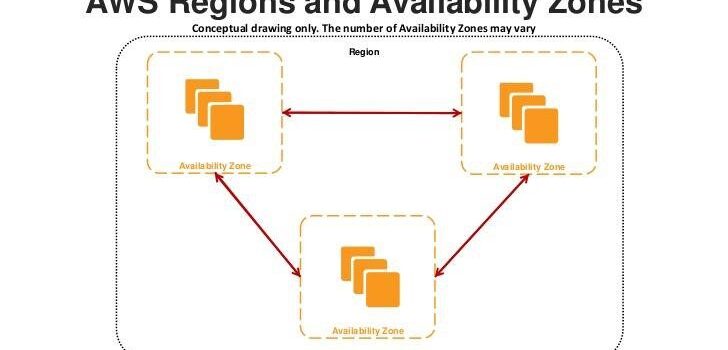AWS Availability Zones: Everything You Need to Know | Faction


What are Availability Zones?
How do they connect to each other or to users looking to access your services? How does VMware Cloud utilize them on Amazon Web Services (AWS)? What does this have to do with magic? Faction can help answer these questions!
Availability Zones work something like a magician’s hat, yielding rabbit after rabbit—or replicating sites, as the case may be. In a magic show, viewers never want to see the magician’s props malfunction; they simply want to see the magician successfully pull one rabbit after another out of a hat. Availability Zones with VMC on AWS perform a similar trick. In the case of an outage, VMC stretched clusters (which unite multiple Availability Zones) bring up workload VMs for seamless operations. Users see and enjoy the reliable uptime, without anyone having to mutter “abracadabra!”
AWS STRUCTURE EXPLAINED
Before you can properly understand Availability Zones inside of VMware Cloud on AWS (or VMC on AWS for short), you will need to understand a little bit about Regions and Availability Zones from the AWS perspective.


A Region is a geographical location that hosts one or more Availability Zones in it. A few examples of the currently available Regions that AWS offers publicly are US East, US West, or Asia Pacific. For example, the US East Region may host Availability Zones us-east-1 in Virginia and us-east-2 in Ohio.
The easiest way to remember what this all means is to think of an Availability Zone as its own datacenter, connected to other Availability Zones, all within a portion of the globe that is summarized as a Region. While Regions are designed to be completely isolated from other Regions, Availability Zones are designed to be connected to one another using low latency links in between each Availability Zone in the same Region.
HOW CAN THIS STRUCTURE HELP YOU?
With all that said, how does VMC on AWS utilize this concept to benefit you? In short, it offers a simplified way to have site replication. Let’s take a look.
In a single VMC on AWS Software Defined Datacenter (SDDC), you can span a single VMC cluster across multiple Availability Zones. Such a stretched cluster is used to create a single datastore for the cluster and replicate the data across both Availability Zones. The upside for you is that the stretched cluster provides fault tolerance and availability if there is a problem with one of the Availability Zones.
In the event that service in one Availability Zone is disrupted, workload VMs are brought up in the other Availability Zone. Even if you don’t utilize the VMC stretched cluster, you can design your application so that an instance in another Availability Zone can handle requests in the event of an outage. That means less downtime for you and your customers who need these critical systems to be up and running 24/7.
How VMC on AWS utilizes Availability Zones is a real benefit to the tech industry. It further improves upon the magic of the internet and the cloud. Availability Zones provide solid reliability of the uptime of VMC customers. For a lot of users in the modern age, even a few moments of downtime can mean a missed opportunity when go to search elsewhere while you are suffering an outage. Having multiple Availability Zones is the way to go if you’re looking to keep the rabbits coming out of the hat.
—
Have more questions about VMware Cloud on AWS?